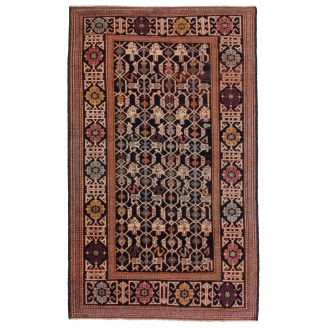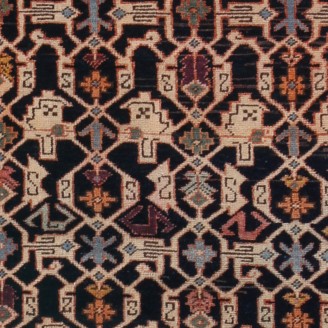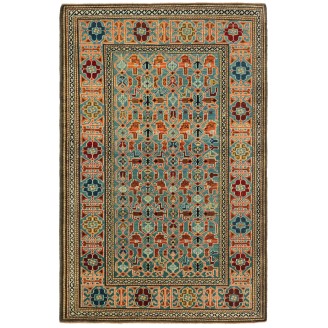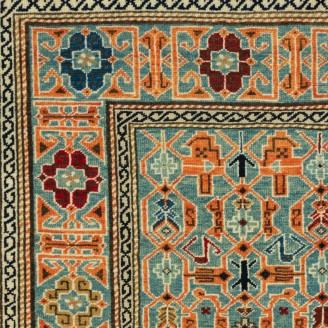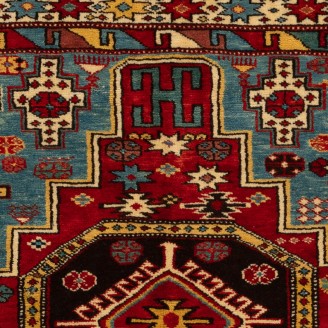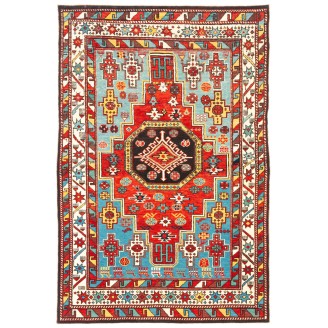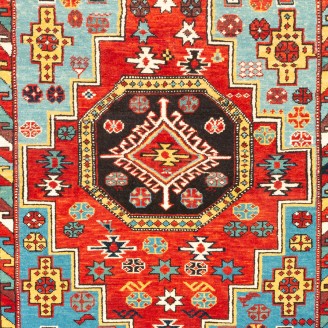Konagkend Kuba Rug
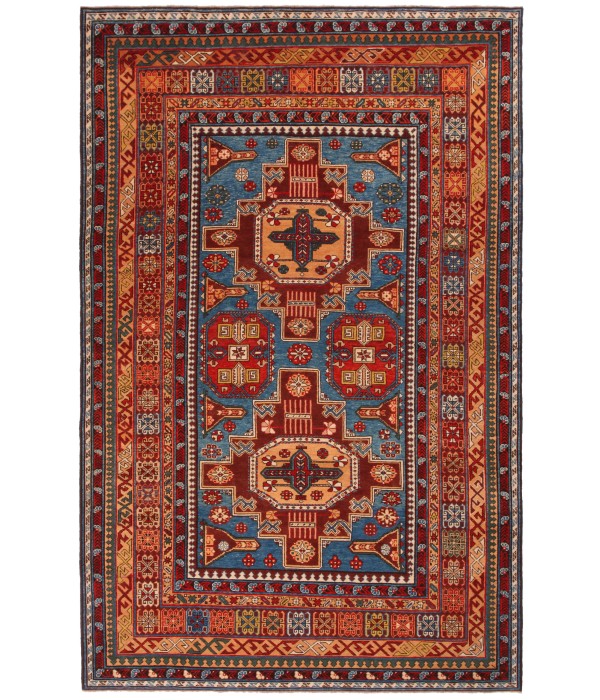
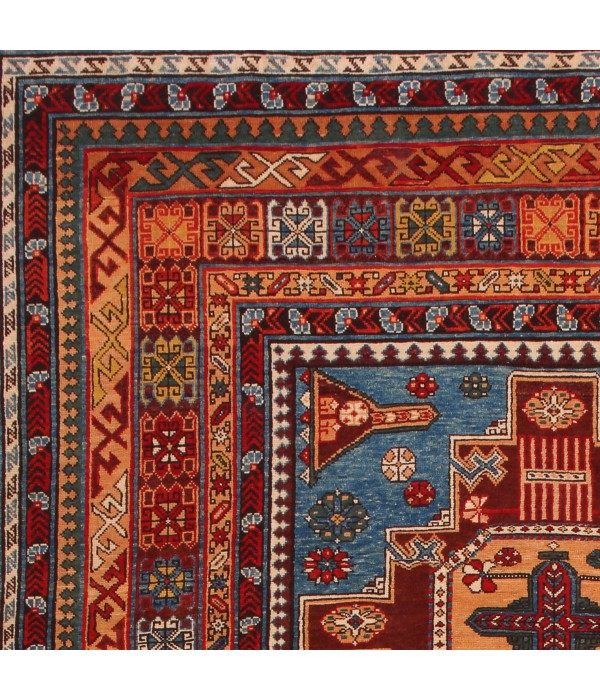
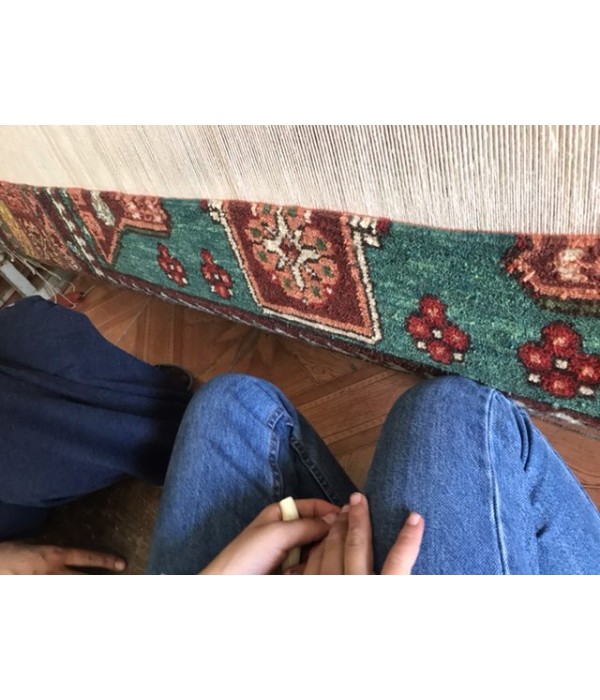
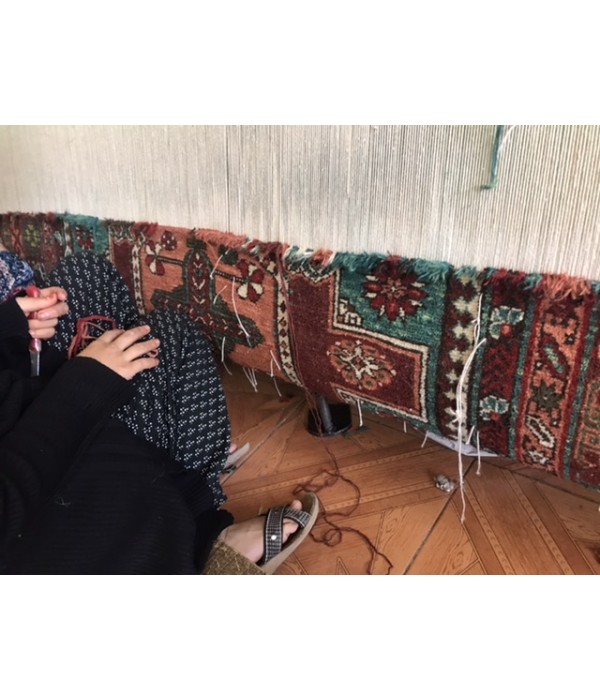
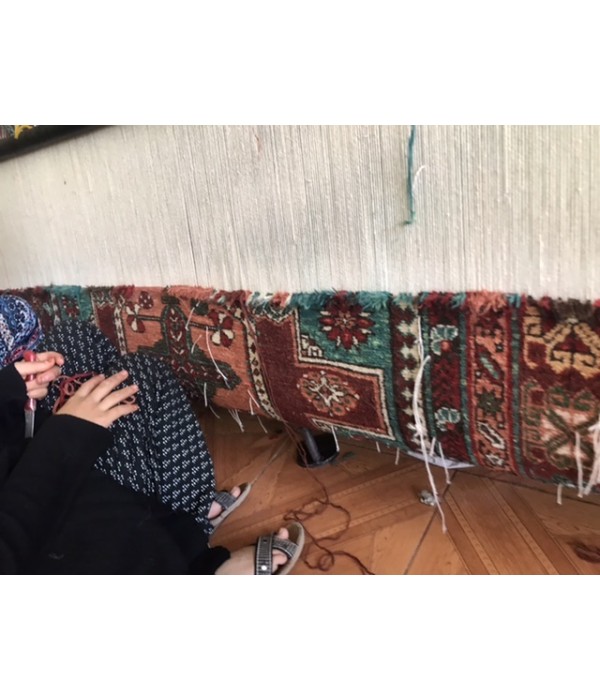
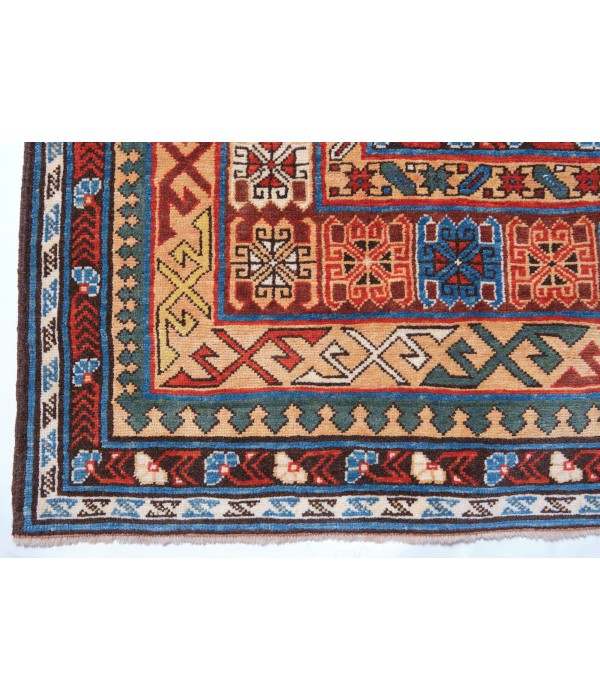
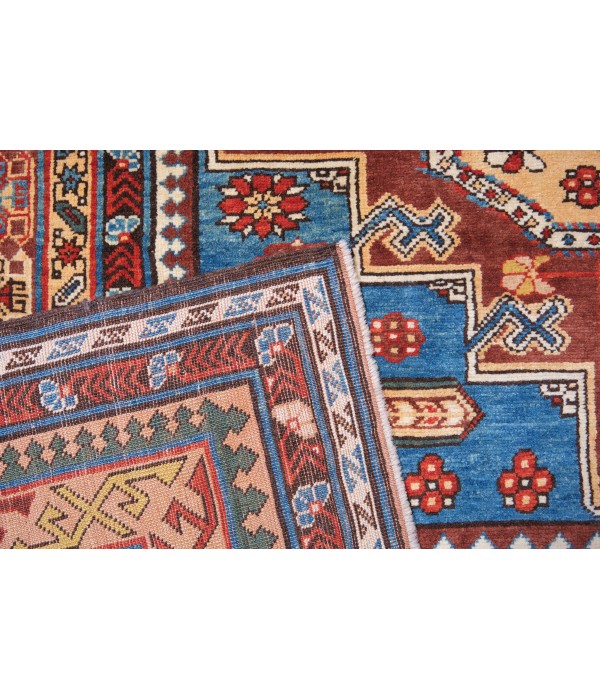
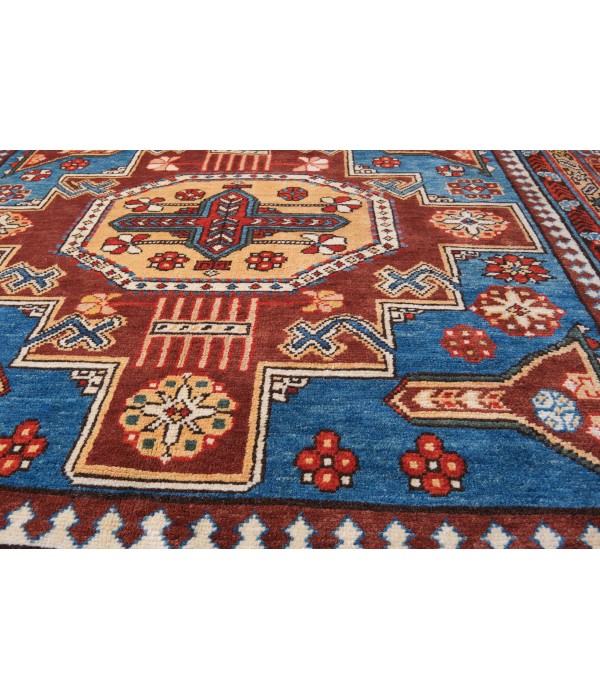
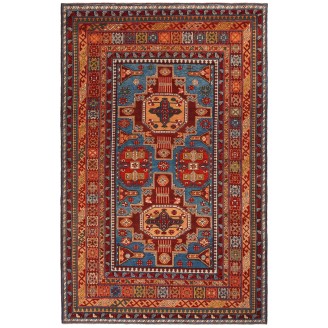
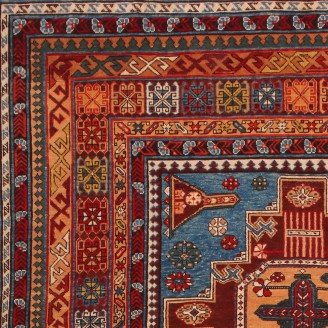
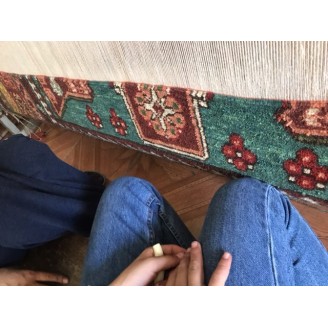
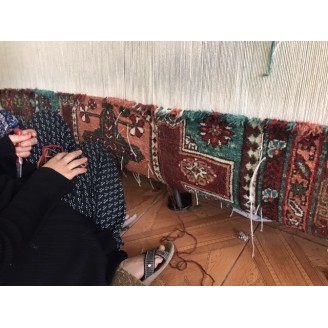
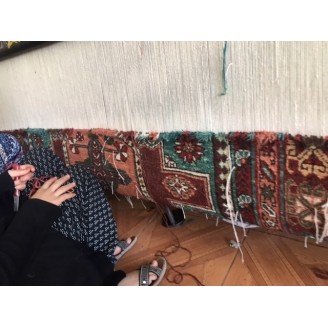
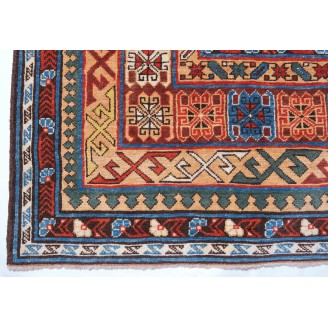
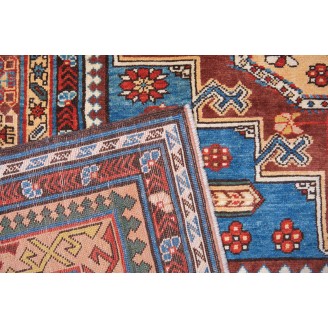
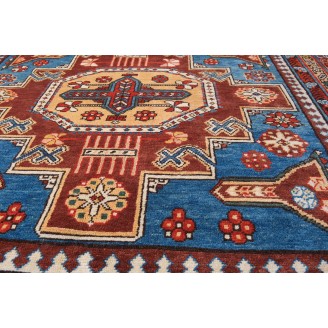
Model: ART00435Konagkend Kuba Rug
Group: Caucasian Rugs Family
Area: Kuba Region
Material of Pile: Natural Dyed Hand-spun Wool
Material Warp / Weft: Wool on Wool
Structure: Symmetrical knot
Knots Density: 36x29
Pile (mm): 4
Production Place: Southeastern Anatolia – Diyarbakir - Yeniköy
Weight: 17.30kg
Location: Tokyo
Stock: In Stock
Dimensions:
The source of the rug comes from the book Oriental Rugs Volume 1 Caucasian, Ian Bennett, Oriental Textile Press, Aberdeen 1993, nr.332. This is a spectacular example of the Konagkend type rug in the late 19th century in the Kuba region, Caucasus. There are three principal designs for rugs attributed to Konagkend ( Konakkent or Konakhend ). The first has a large cruciform medallion, the second, called by Kerimov and Schürmann 'Ordutch-Konagkend', has a series of large octagons, and the third, and probably best known, has a stiff, angular lattice based on hexagonal forms. Each type has a quite different aesthetic appeal and in each case, the design is reminiscent of other rugs. The cruciform medallion type usually has a bright, light palette and in both color and design is reminiscent of Kurdish weavings and certain Turkish village rugs. The 'Ordutch-Konagkend' pieces have strong affinities with Baku and other north Shirvan rugs, and the lattice type is the closest to the concept of design most normally associated with Kuba as well as having links with earlier groups of, principally Turkish, carpets. It is framed with a series of borders and the overall composition is quite closely related to a group of soumak rugs with large medallions. Our designers interpret the design of this rug and vivid colors are chosen for this rug.
Color summary: 9 colors in total, most used 4 colors are;
Color summary: 9 colors in total, most used 4 colors are;
- Burnt Coffee 102 (Natural Sheep's Color)
- Cadet Blue 26 (Spurge - Indigo)
- Tussock 550 (Madder Root - Walnut Husk)
- Imperial Red 415 (Madder Root)
Dimensions:
7 ft 1 in x 10 ft 10 in ( 218cm x 332cm )
Price:
$5,800
Ex Tax: $5,800

